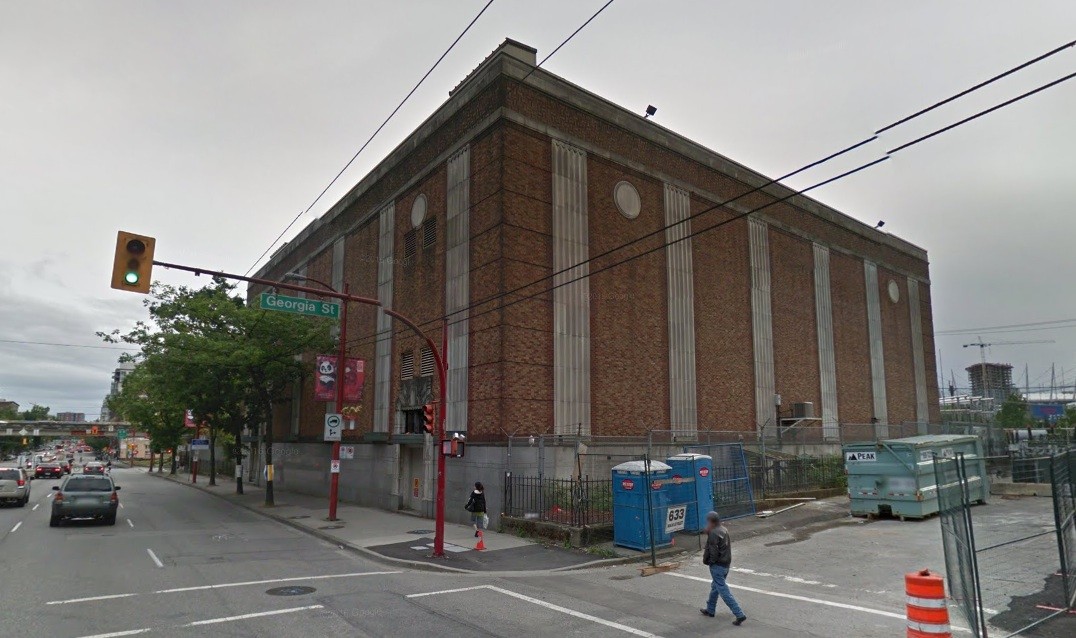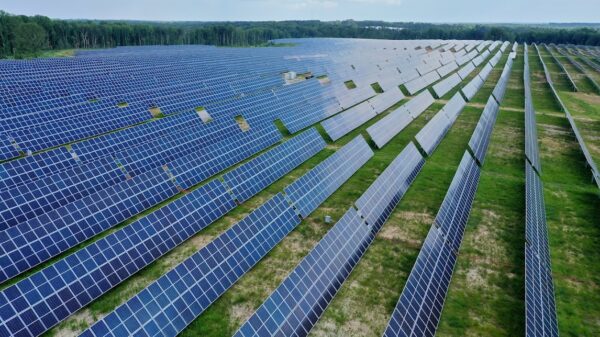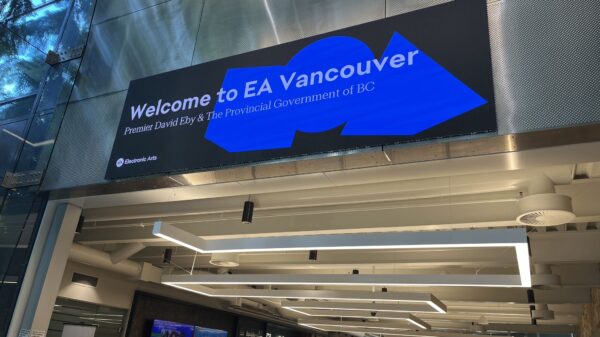The Canadian government and BC Hydro are investing millions in three decarbonization projects in British Columbia to help energy steam plants and mines transition to cleaner energy sources and reduce emissions.
On Monday, Minister of Fisheries, Oceans and the Canadian Coast Guard Joyce Murray, Minister of Energy, Mines, and Low Carbon Innovation Josie Osborne and BC Hydro CEO Chris o’Riley announced the joint investment of $32.7 million.
The three projects are in Vancouver, Princeton and the Regional District of Cariboo.
In Vancouver, the investment will support the decarbonization of the Creative Energy district energy steam plant. New electric steam boilers will replace the current gas boilers, while a 1.2 kilometer underground powerline will be constructed from BC Hydro’s Murrin substation to the Beatty Street plant. This infrastructure upgrade will allow the facility to be powered by clean energy obtained through the newly established connection to BC Hydro’s electricity grid.
As a result, the plant’s CO2 emissions will be significantly reduced, and enough low-carbon energy will be generated to support the development of 12 million square feet of new commercial and residential properties.
“Decarbonizing the Creative Energy steam plant in Vancouver will significantly reduce the facility’s CO2 emissions and generate enough low-carbon energy for 12 million square feet of new development—the equivalent of all the new development downtown for the foreseeable future,” said Vancouver Centre’s MP Hedy Fry.
“These investments are tangible steps towards a cleaner future.”
The funding allocated to Princeton will be used to implement a trolley assist system for mine haul trucks and replace diesel-powered water pumps with electric ones at Copper Mountain Mine. This initiative is expected to reduce the mine’s yearly CO2 emissions by 9,400 tonnes.
Copper, an essential component of clean energy technologies such as wind and solar, is also a vital element of electric vehicles. The mining sector, along with its workforce across British Columbia and Canada, will play a significant role in the development of Canada’s green economy.
In the Regional District of Cariboo, the funding will be used to fully electrify all underground mine equipment at the Cariboo Gold Project, which is a new underground gold mine and processing plant currently in development. Additionally, the investment will connect an existing substation to BC Hydro’s electricity grid, thereby reducing the facilities’ CO2 emissions by 22,700 tonnes per year.
“Today’s investment exemplifies our government’s commitment to reducing emissions and transitioning towards cleaner energy sources. In partnership with BC Hydro, we are funding three green energy projects that will electrify facilities across British Columbia,” said Murray in a statement.
“We will continue to invest in projects that bring us one step closer to Net-Zero and a greener Canada.”
Read more: Sigma Lithium successfully produces first ‘green lithium’ in Brazil
Read more: Emissions Reduction Alberta launches $50M funding competition for energy efficiency projects
The Canadian government is investing $16.3 million in two mining projects to reduce CO2 emissions in British Columbia, with matching funds from BC Hydro and the project owners. The funding comes from the Green Infrastructure Stream of the Investing in Canada Infrastructure Program, which aims to support renewable technologies, reduce greenhouse gas emissions, and promote climate change preparedness.
The program has funded 94 infrastructure projects in B.C., with a total federal contribution of over $517 million and a total provincial contribution of nearly $261 million. The Investing in Canada Plan involves a $180 billion investment over 12 years in public transit, green infrastructure, social infrastructure, trade and transportation routes, and rural and northern communities.














